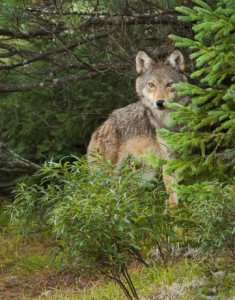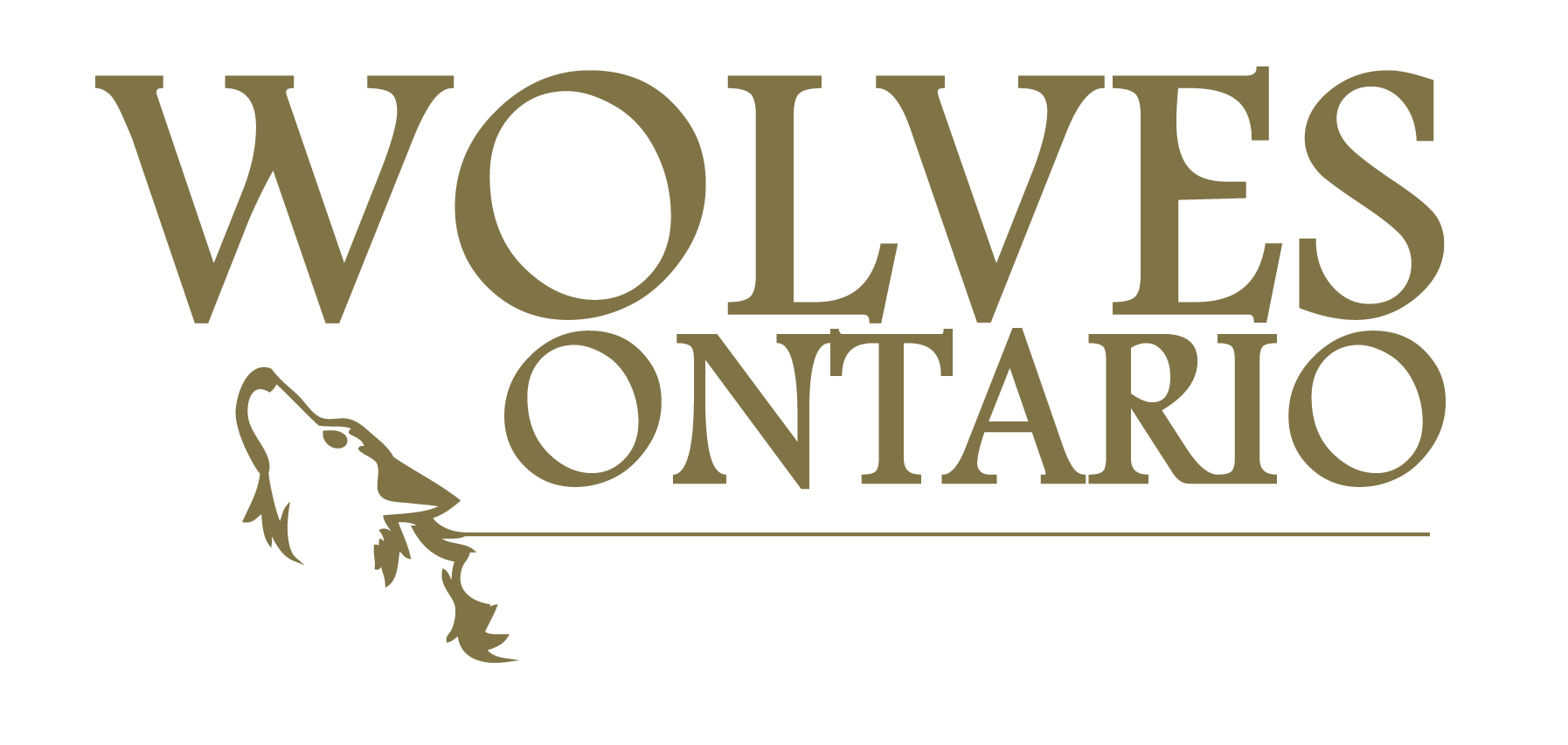For immediate release
Earthroots, Wolf Awareness Inc and Coyote Watch Canada urge government to enforce ESA,
ban ongoing hunting and trapping

Photo credit: Wes Liikane
TORONTO – On June 15th, 2016, the Ontario Ministry of Natural Resources and Forestry (MNRF) announced that Canada’s rarest wolf faces a higher risk of extinction than previously thought. Now named ‘Algonquin Wolves’, after their stronghold population in Algonquin Provincial Park, the wolves were upgraded from Special Concern to Threatened status in Ontario. A Management Plan, legally mandated for Special Concern status, has been overdue since 2008.
Under Ontario’s Endangered Species Act, Threatened status affords the wolves and their habitat immediate and automatic protection from harvest. However, under existing regulations, the wolves will continue to be killed in unknown numbers in legal wolf/coyote open seasons.
“Outside of Algonquin Park, Algonquin wolves are largely unable to find a mate of their own kind, and more commonly mate with eastern coyotes. This interbreeding makes it impossible to tell the difference between the two animals without a genetic test,” explains Lesley Sampson of Coyote Watch Canada. “MNRF does not require these tests, and therefore has no idea how many Algonquin wolves are being killed each year. Algonquin wolf recovery requires a government commitment to protect the eastern coyotes they live alongside and are often confused for.”
As the last representatives of the once wide ranging Eastern Wolf species, Algonquin wolves have been found infrequently across central Ontario and western Quebec, numbering somewhere between 250 and 1000 animals. Naïve to the risks associated with humans – hunting, trapping and vehicle collisions – the animals’ survival is low outside of protected areas. MNRF’s own research shows that without more protection in Ontario, where most of the wolves are found, recovery is virtually impossible.
“Ontario set a terrific conservation precedent when wolf and coyote killing was permanently banned in a buffer zone made up of all townships adjacent to Algonquin Park in 2004,” says Hannah Barron of Earthroots. She adds, “To recover this rare wolf, hunting and trapping wolves and coyotes must be immediately prohibited beyond the buffer zone, across the full range of Algonquin wolves. They also require a Recovery Strategy now that their at-risk status has deteriorated.” She notes that the buffer zone had the added benefit of maintaining the genetic integrity of Algonquin wolves, which is diluted when the wolves interbreed with eastern coyotes.
“Collectively, we urge the Honourable Kathryn McGarry, newly appointed Minister of Natural Resources and Forestry, to capitalize on the proven success of Algonquin Park’s buffer zone,” says Sadie Parr of Wolf Awareness. “Expanding the ban on wolf and coyote killing is necessary to safeguard an at-risk keystone species that benefits all Canadians. Wolves increase biodiversity and have many other effects that trickle down through the ecosystem.”
— 30 –
For more information, contact:
Earthroots
Hannah Barron, Director of Wildlife Conservation Campaigns
hannah@earthroots.org or (647) 567- 8337

Thank you for your coverage of this important issue
[…] Earthroots, Wolf Awareness Inc and Coyote Watch Canada urge government to enforce ESA, ban ongoing hunting and trapping. […]
Diversity is the most important key for existance.